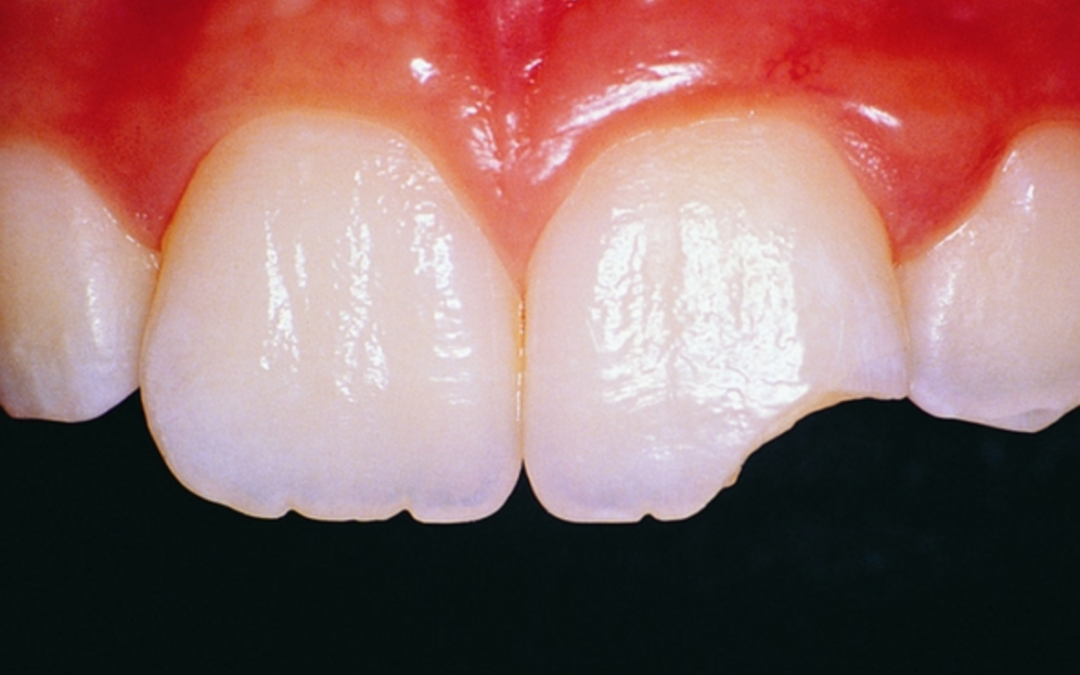Children are known for their boundless energy and adventurous spirits, but along with these come the risks of accidents and injuries, including dental trauma. Whether it’s a fall, a sports mishap, or simply rough play, dental injuries can occur unexpectedly and can be distressing for both the child and their caregivers. The right thing to do is to visit one of the best Windermere dentists then and there.
Knowing how to provide immediate first aid and understanding the long-term management of dental trauma in children is essential for ensuring the best possible outcomes for their oral health and overall well-being.
Types of Dental Trauma:
Dental injuries in children can vary in severity, ranging from minor chips or fractures to more extensive damage involving displacement or avulsion of teeth.
The most common types of dental trauma include:
Chipped or Fractured Teeth: This may involve only a small portion of the tooth enamel or extend deeper into the tooth structure.
Luxation: This refers to the displacement of a tooth from its socket, which can occur in different directions – intrusion (pushed into the socket), extrusion (partially pushed out of the socket), lateral displacement (shifted sideways), or avulsion (completely knocked out of the socket).
Avulsion: Complete displacement of a tooth from its socket, often resulting from a forceful impact.
First Aid for Dental Trauma:
Immediate and appropriate first aid can significantly impact the outcome of dental trauma in children. Here are the steps to follow:
Stay Calm: It’s important for both the child and the caregiver to remain calm to assess the situation accurately.
Control Bleeding: If there is bleeding, use a clean cloth or gauze to apply gentle pressure to the affected area. Rinse the mouth gently with water to remove any blood or debris.
Retrieve the Tooth (if avulsed): If a permanent tooth is completely knocked out, handle it carefully by the crown (top part), avoiding touching the root. Rinse the tooth gently with water if it’s dirty, but do not scrub or remove any attached tissue fragments.
If possible, try to reinsert the tooth into the socket, ensuring it faces the correct way. If reinsertion is not feasible, place the tooth in a container of milk or saliva to keep it moist.
Seek Immediate Dental Care: Regardless of the type of dental trauma, it’s crucial to seek professional dental care as soon as possible. Contact your child’s dentist or visit an emergency dental clinic for prompt evaluation and treatment.
Long-Term Management:
The long-term management of dental trauma in children depends on the nature and extent of the injury. Here are some common scenarios and their corresponding management strategies:
Minor Chips or Fractures: Minor chips or fractures may only require smoothing of the rough edges or cosmetic bonding to restore the tooth’s appearance. In some cases, no treatment may be necessary if the damage is superficial and does not affect the tooth’s function or aesthetics sinificantly.
Luxated Teeth: Luxated teeth often require repositioning and stabilization. The dentist will carefully manipulate the displaced tooth back into its socket and may use splints or orthodontic appliances to hold it in place while the supporting tissues heal.
Avulsed Teeth: The management of avulsed teeth depends on various factors, including the type of tooth (primary or permanent), the condition of the tooth and surrounding tissues, and the time elapsed since the injury. If a permanent tooth is avulsed, immediate reimplantation offers the best chance of success.
However, if reimplantation is not possible or if the avulsed tooth is a primary tooth, the focus shifts to preserving the space and supporting the child’s natural growth and development.
Follow-Up Care: After the initial treatment, follow-up care is essential to monitor the healing process, assess the stability of repositioned teeth, and address any complications that may arise, such as infection or pulp necrosis. Your child’s dentist will recommend a schedule for follow-up visis based on the specific needs of their case.
Prevention is Key:
While accidents can happen unexpectedly, there are measures parents and caregivers can take to reduce the risk of dental trauma in children:
- Encourage the use of protective gear, such as mouthguards, during sports and recreational activities.
- Supervise young children during play to prevent falls and collisions.
- Childproof the home environment to minimize the risk of accidents, especially in areas where falls are common, such as stairs.
- Teach children about dental hygiene and safety practices, including avoiding biting on hard objects and using teeth for their intended purpose.
Dental trauma in children can be distressing, but with prompt first aid and appropriate long-term management, the majority of cases can be successfully treated with favorable outcomes. By understanding how to respond to dental injuries and taking preventive measures, parents and caregivers can help safeguard their children’s oral health and well-being.
Remember, in case of dental trauma, it’s always best to seek professional dental care promptly to ensure the best possible outcome for your child’s dental health.
